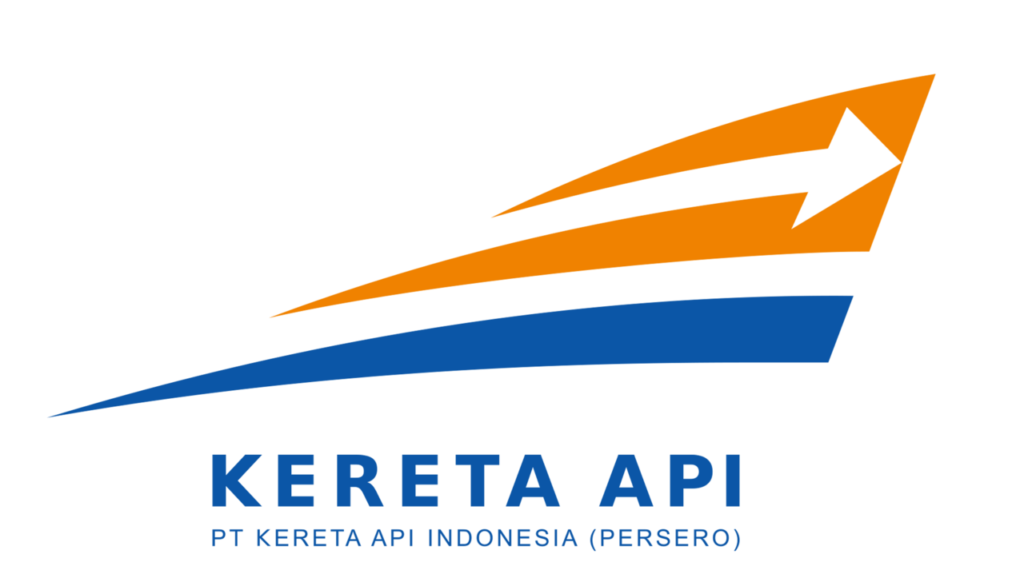The history of railways in Indonesia began when the first construction of the Semarang-Vorstenlanden (Solo-Yogyakarta) railway line in Kemijen Village by the Governor-General of the Dutch East Indies, Mr. LAJ Baron Sloet van de Beele dated June 17, 1864. Construction was carried out by the private company Naamlooze Venootschap Nederlansch Indische Spoorweg Maatschappij (NV. NISM) using a gauge width of 1435 mm. This is considered the first railway line in Southeast Asia.
 After many changes of name, separation and consolidation, in 1998, the company was officially named PT Kereta Api Indonesia (Persero). Currently, PT Kereta Api Indonesia (Persero) has seven subsidiaries/business groups namely KAI Services (2003), KAI Airport (2006), KAI Commuter (2008), KAI Tourism (2009), KAI Logistics (2009), KAI Property (2009) ), PT Pilar Sinergi BUMN Indonesia (2015).
After many changes of name, separation and consolidation, in 1998, the company was officially named PT Kereta Api Indonesia (Persero). Currently, PT Kereta Api Indonesia (Persero) has seven subsidiaries/business groups namely KAI Services (2003), KAI Airport (2006), KAI Commuter (2008), KAI Tourism (2009), KAI Logistics (2009), KAI Property (2009) ), PT Pilar Sinergi BUMN Indonesia (2015).
 The railway lines that Kereta Api Indonesia currently operates about 90% have been kept and maintained since Indonesia was a Dutch colony, with only a few new branches being built such as those going to airports or new locations. In 2015, the number of train passengers using Kereta Api Indonesia reached 325.94 million.
The railway lines that Kereta Api Indonesia currently operates about 90% have been kept and maintained since Indonesia was a Dutch colony, with only a few new branches being built such as those going to airports or new locations. In 2015, the number of train passengers using Kereta Api Indonesia reached 325.94 million.
According to www.kai.id














